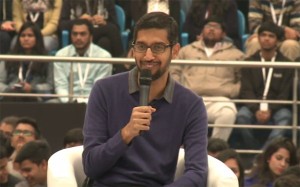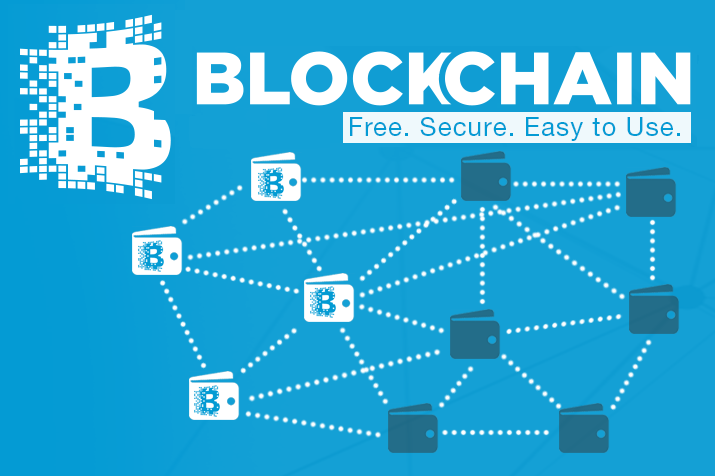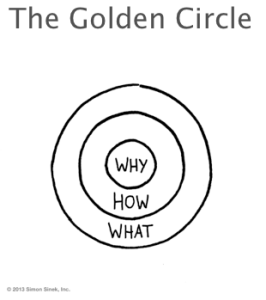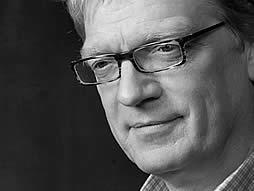In 2015 Digital Transformation was the hot and hyped topic, with that “d” word used and misused more than in any other year since Negroponte and Tapscott helped us start talking around it in 1995. Heading in to 2016, more than ever, we need a new kind of digital literacy at all levels in our organisation and a new kind of leadership, both personally and collectively. I have a suggestion on how to make a start that is both specific and general.
I was honoured to be asked to do a guest lecture on the digital transformation topic at Henley Business School a couple of months back. I’m delighted to report the session was enthusiastically received, and they subsequently asked me to contribute to their trailer for an upcoming online course. The course is my specific suggestion. Take a look at the introduction to their free online course Digital Leadership: Creating Value Through Technology. In under 2 minutes you will hear a lot of the issues and thinking that we at Agile Elephant believe are important for organisations of any size to consider.
The course is aimed at middle managers and the C suite, delivered online with 3 hours of material each week for 4 weeks. It includes videos, articles, case studies, discussions, quizzes and activities based on the participant’s own experiences. The intention is to help you get the most out of technology for your business, understand emerging technologies and how relevant competencies and skills can help your sales and competitiveness. It covers the strategic issues and aligning IT with your business. It’s free, starts on the 8th of February and is well worth a look.
As well as this specific course, you should check out the Future Learn platform in general. business, management, creative arts, media, online, digital, and psychology but also history, politics, teaching, health and more. All of them are free.
Future Learn is a private company wholly owned by The Open University. They partner with 76 institutions including UK and international universities, as well as accessing the archive of cultural and educational material from the British Council, the British Library, the British Museum, the National Film and Television School and more. The platform itself is an example of digital transformation in action and highlights the way the world of education is changing. The education sector is thinking differently with many institutions realising they have to risk traditional revenue streams as they explore different business models. Many universities are providing free, online courses and resources and opening up their archives, as part of the digital shift.
The core message of the intro to Henley’s course is that everyone needs to keep learning. We recommend you check it out, review the Future Learn course schedules and include this kind of personal development in your resolutions for 2016!








